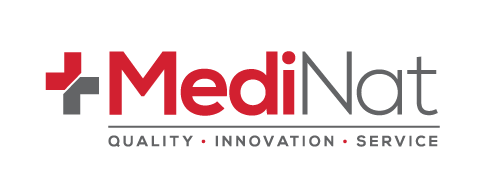Why Drug Test
Why Workplace Drug Testing?
The use of alcohol and other drugs can impact on workplaces in a number of ways, including affecting relationships, safety and productivity.
In 2013 Alcohol and drug use was estimated at costing Australian businesses $5.2 billion a year in hidden lost productivity and absenteeism.
It is estimated that alcohol use is responsible for:
- five per cent of all Australian workplace deaths, and
- up to 11 per cent of non-fatal injuries.
The primary issues for Drug Testing in the workplace are:
Employers have a legitimate interest in drug and alcohol use amongst their employees in certain circumstances. These circumstances are:
- where employees are engaging in illegal activities in the workplace;
- where employees are actually intoxicated in work hours;
- where drug or alcohol use is (otherwise) having a demonstrable impact on employees’ performance that goes beyond a threshold of acceptability;
- where the nature of the work is such that any responsible employer would be expected to take all reasonable steps to minimise the risk of accident; and
- where the nature of the work is such that the public is entitled to expect a higher than average standard of behaviour from employees and/or there is a risk of vulnerability to corruption.
So Why Drug Test?
#1 - Safety
Workplace drug testing is primarily about maintaining health and safety standards within the workplace in addition to the employers duty of care under law.
Drug use, particularly the use of illicit drugs, impairs a person’s ability to function in their everyday life.
Even if drug use is restricted to outside working hours the effects are long lasting and frequently the effects are evident in the workplace.
Drug testing programs help to identity safety risks and eliminate them. This benefits the company as a whole as well as the employees and the broader community.
#2 - Quality of Work
Employers have a right to decide on the type of people they want to hire.
A workplace-testing program ensures the quality of an employees work is not affected by substance abuse.
Drug-testing programs raise the quality of work by eliminating employees that use drugs and are therefore contributing less to the company.
#3 - Reduced Health Insurance Costs
Substance abusers incur up to 300% higher medical costs than non-users.
Workplace drug testing programs can greatly reduce health insurance premiums and health costs for the company.
By reducing the amount of medical costs related to accidents on the job and drug related illness, companies significantly reduce their overall costs.
#4 - Reduced Turnover
Workplace drug testing helps reduce turnover.
Pre-employment screening can considerably influence the turnover rate within the company.
Pre-employment testing is essentially about reducing the risk of hiring someone who may endanger their lives or lives of others and or at the very least, you may have to dismiss further down the track.
#5 - Reduced Absenteeism
Workplace drug testing programs are proven to successfully reduce absenteeism within the workplace. Drug related absenteeism and sick leave is costly to a company.
A substance abuser is 2.5 times more likely to be absent 8 or more days a year.
There is the obvious financial burden, but there is also the loss to employee morale, which can often be more devastating to the work environment.
#6 - Reduced Work Related Accidents
Accidents happen, but accidents are more likely to occur when there are drugs involved.
Workplace testing programs act as a deterrent to drug use.
Often if an accident occurs at work, a drug test is performed immediately. This ensures that if drug use is a factor, it is known and can be dealt with immediately.
Drug testing may also influence an employee’s decision making regarding future drug use as the possibility of a test is always there.
Employee drug testing is even more important ( we classify as essential) if an employee is driving a vehicle or operating machinery of any form, not only for the safety of the employee but the broader community.

